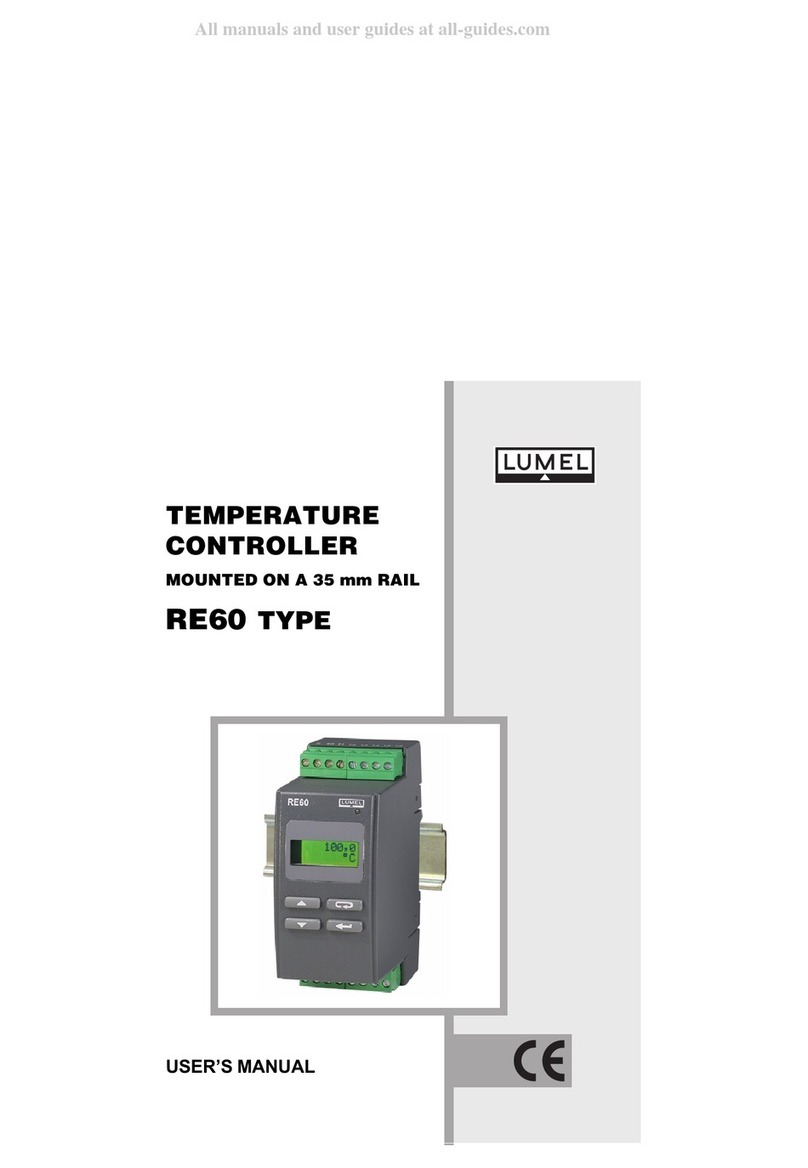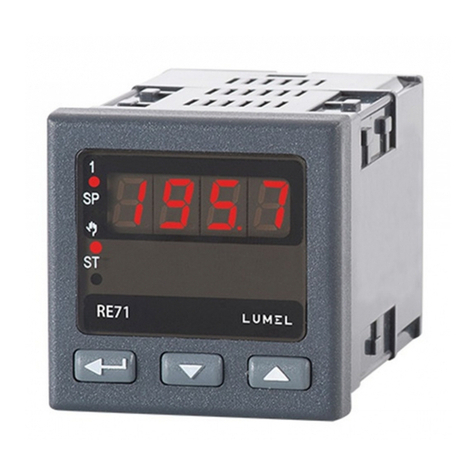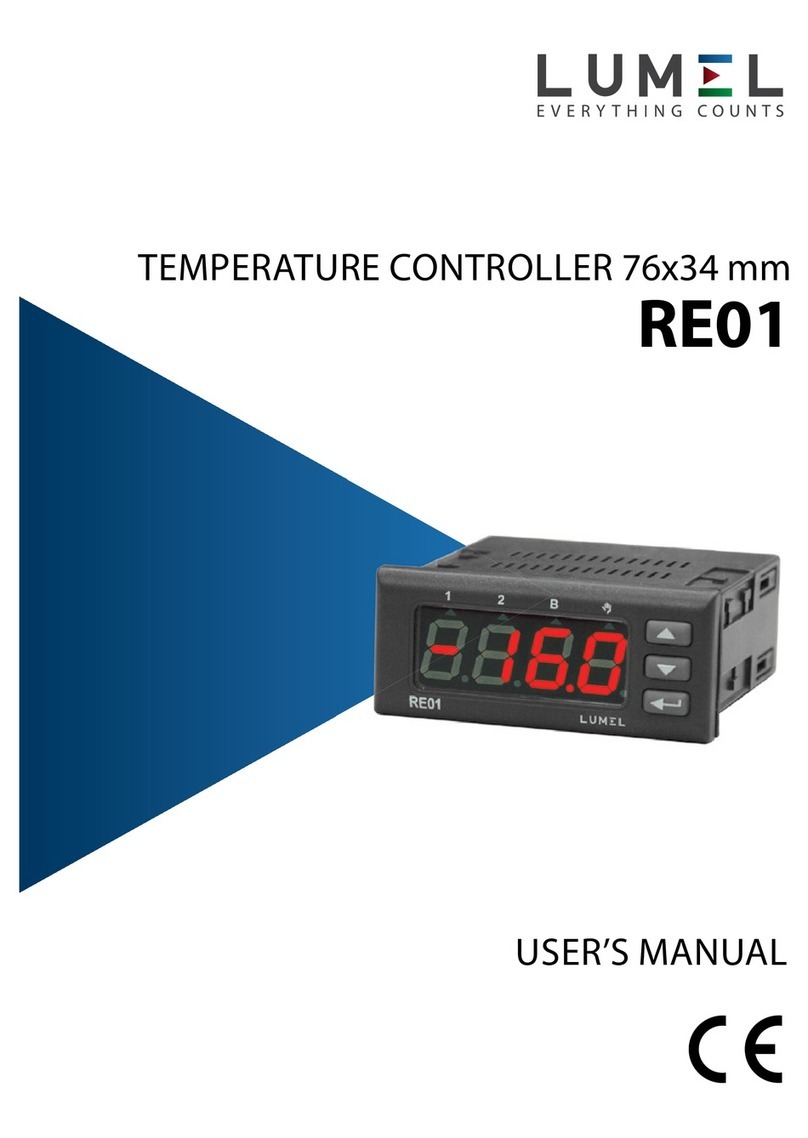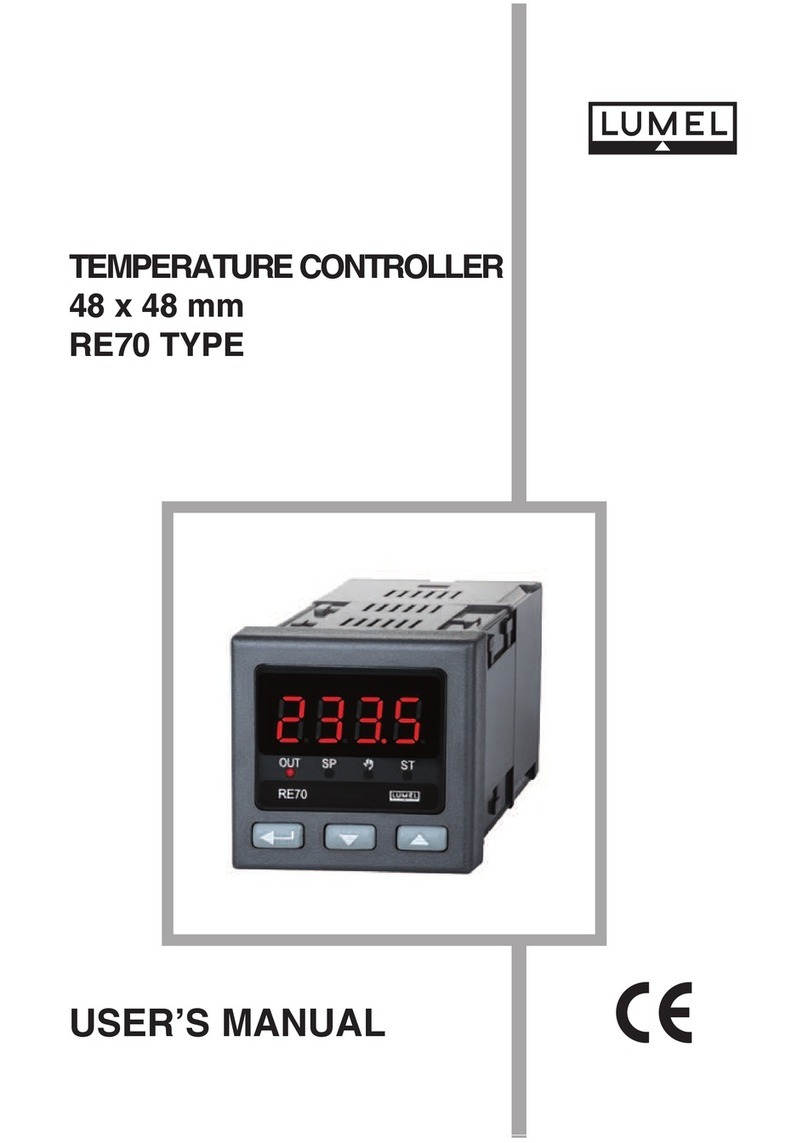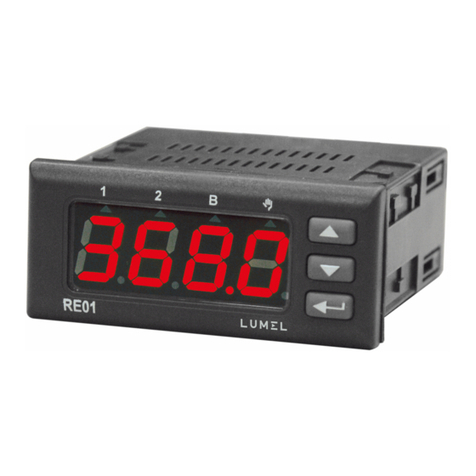
10
EN
SAFETY
Observations Concerning the Operational Safety:
l
l
l
l
l
l
l
Fix the controller on the 35 mm rail acc. to EN 60715.
The controller housing is made of a self-extinguishing plastics.
Dimensions of the controller and the fixing way is presented on the fig.1






